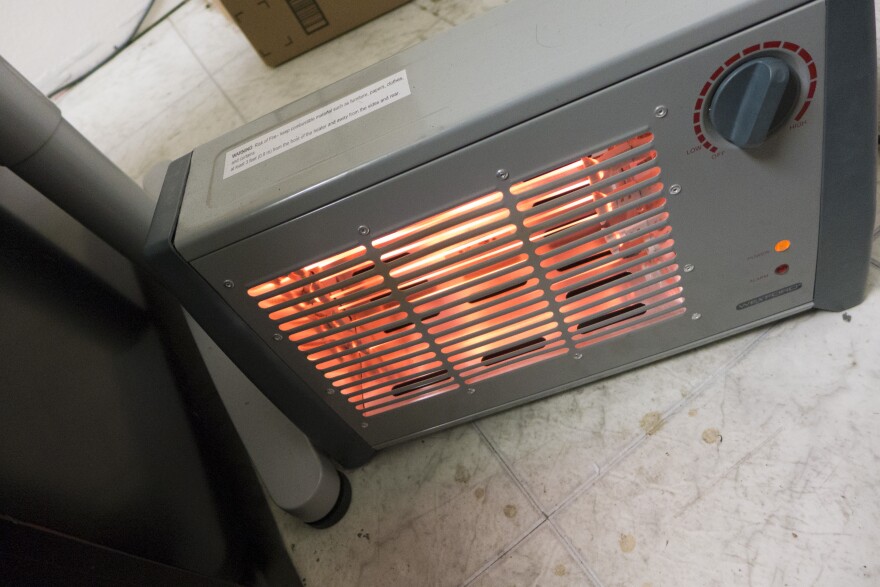Old Man Winter’s expected to stick around at least until mid-week, and many residents are seeking ways to stay a bit warmer. The key is not just staying warm – but staying warm safely.
Each winter, there are a few days where northwest Florida chills out – literally. Dave Eversole at the National Weather Service in Mobile says at- or below-freezing temperatures and wind chills will be the norm over the next few nights, after temperatures plummeted late last week.
“Lower 30s, upper 20s,” says Eversole. “Definitely a possibility [in the] mid-20s, maybe a little lower further inland. It looks like our coldest night is going to be Tuesday night.”
Following last week’s chill, another cold front began moving through the area on Sunday night, after a slight warmup over the weekend, featuring frigid Canadian air that’s made its way south to the Gulf Coast.
Cold weather shelters will be open the next few nights in the area, including Waterfront Rescue Mission in Pensacola; Ferris Hill Baptist Church in Milton, and rotating churches in the Crestview-Fort Walton Beach area. Many others will stay home and try to supplement their heating systems with space heaters and other such devices.
“Propane, a lantern, natural gas – anything other than electricity, any type of fuel that’s being burned inside the house,” said David Allen, Pensacola Fire Marshal and Interim Fire Chief. “Whether it’s for cooking, drying clothes, heating the home – can produce carbon monoxide.”
Allen says keep portable heaters at least three feet away from any flammable materials. And he urges everyone to use heat-generating equipment properly – keeping in mind that CO is a year-round hazard.
Carbon monoxide is invisible, and has no odor or taste, and is not an irritant to body tissue. Because of that, it’s often called “The Silent Killer.”
“Carbon monoxide displaces oxygen off of our red blood cells, sometimes up to 300 times more,” said Dr. Tim Rak, Director of Emergency Medicine at Sacred Heart Health System.
“Red blood cells’ job is to carry oxygen throughout the body,” said Rak. “Carbon monoxide gets into your system and sits on that red blood cell, so you don’t get any oxygen into your tissues.”
Symptoms of CO poisoning can include headache, vomiting, nausea, and fatigue. That point hit home tragically in December, 2014, when two adults and a child died of carbon monoxide poisoning at their home in Pensacola. Officials blame an improperly-rigged propane space heater, and no CO detectors in the house.
CO detectors are getting more popular among homeowners, and became required under Florida law in 2007. Cost depends on what bells and whistles you want, but many of them are relatively inexpensive.
The good news is that by mid-week, temperatures should be rising back to more seasonal levels – Highs in the 60s, and lows in the upper 40s and 50s.






